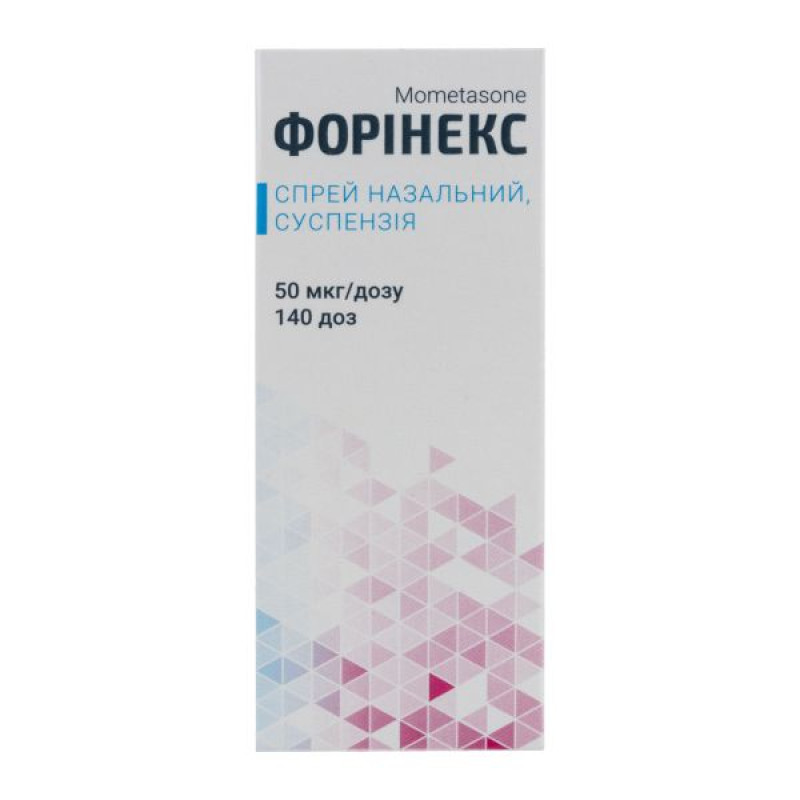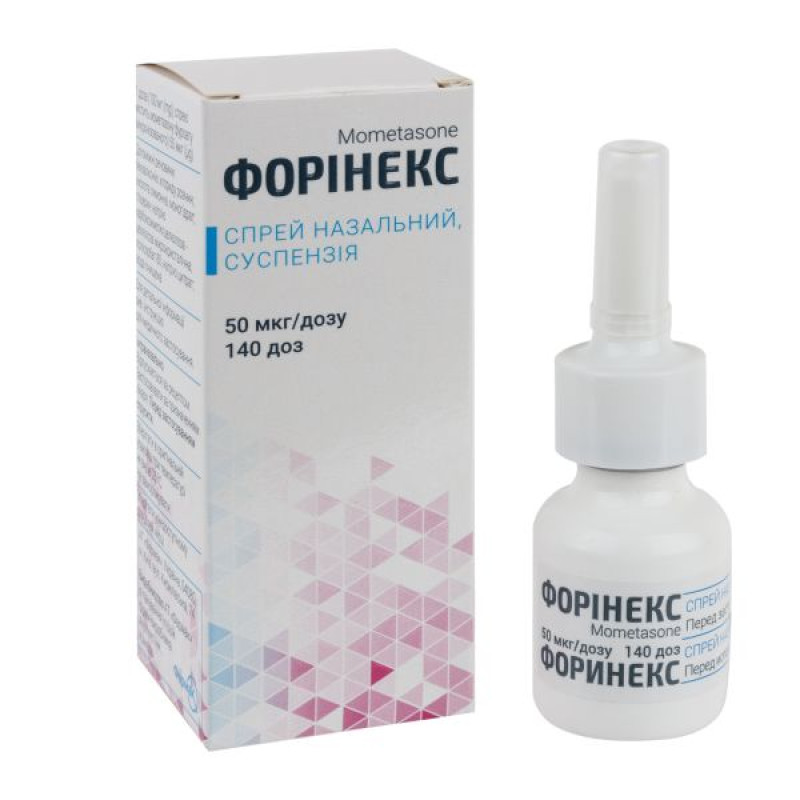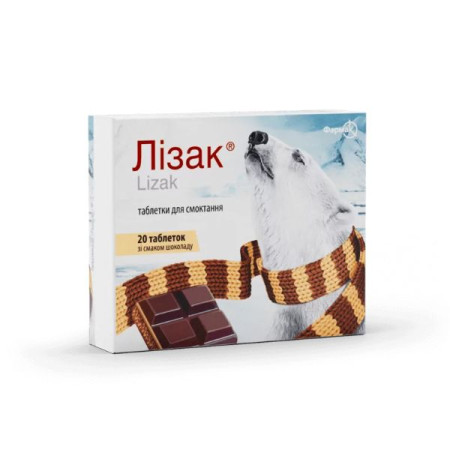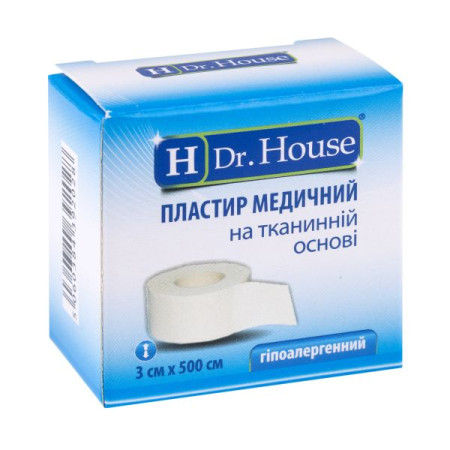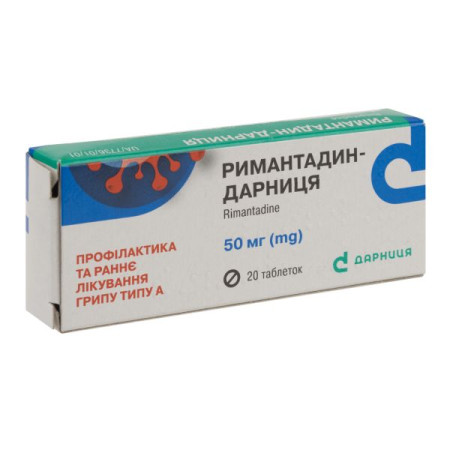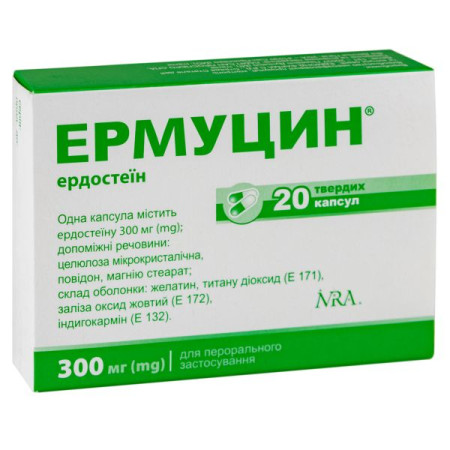Forinex nasal spray suspension 50 mcg/dose bottle 140 doses
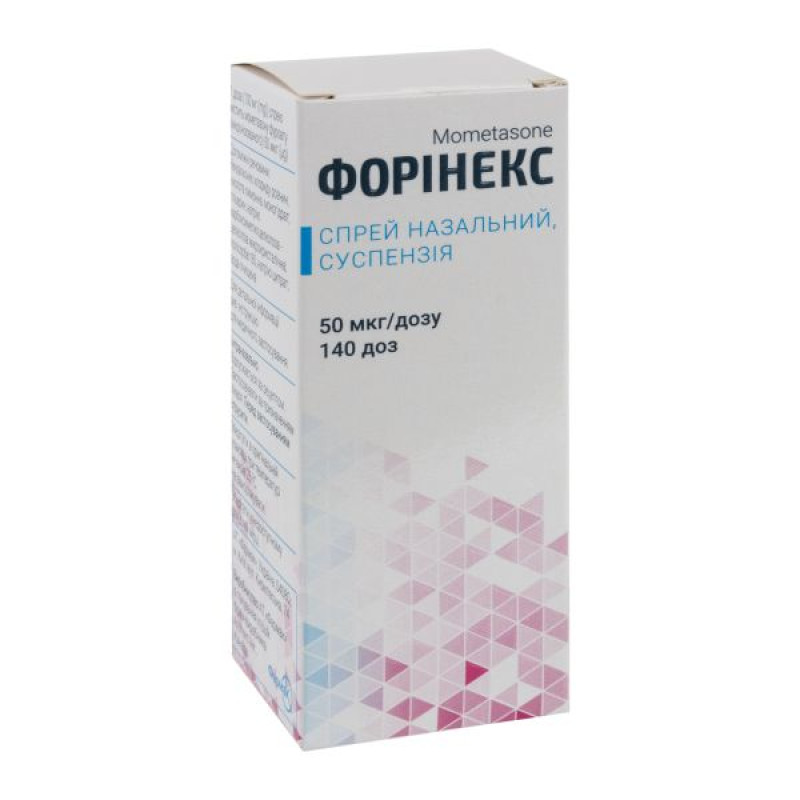
Instructions Forinex nasal spray suspension 50 mcg/dose bottle 140 doses
Composition
active ingredient: mometasone furoate;
1 dose (100 mg) of spray contains mometasone furoate (micronized) 50 mcg;
Excipients: benzalkonium chloride solution; citric acid, monohydrate; glycerin; sodium carboxymethylcellulose-microcrystalline cellulose; polysorbate 80; sodium citrate; purified water.
Dosage form
Nasal spray, suspension.
Main physicochemical properties: white suspension.
Pharmacotherapeutic group
Anti-edematous and other drugs for topical use in diseases of the nasal cavity. Corticosteroids. ATX code R01A D09.
Pharmacological properties
Pharmacodynamics
Mometasone furoate is a synthetic corticosteroid for topical use that has a pronounced anti-inflammatory effect. The local anti-inflammatory effect of mometasone furoate is manifested at doses that do not cause systemic effects.
The mechanism of anti-inflammatory and antiallergic action of mometasone furoate is mainly related to its ability to inhibit the release of mediators of allergic reactions. Mometasone furoate significantly reduces the synthesis/release of leukotrienes from leukocytes of patients suffering from allergic diseases. Mometasone furoate has demonstrated 10-fold greater activity in cell culture than other steroids, including beclomethasone dipropionate, betamethasone, hydrocortisone and dexamethasone, in inhibiting the synthesis/release of IL-1, IL-5, IL-6 and TNFα. It is also a potent inhibitor of the production of Th2 cytokines, IL-4 and IL-5 from human CD4+ T cells. Mometasone furoate is also 6-fold more active than beclomethasone dipropionate and betamethasone in inhibiting the production of IL-5.
In nasal challenge studies, mometasone furoate aqueous nasal spray demonstrated high anti-inflammatory activity in both the early and late stages of allergic reactions, as evidenced by a reduction (compared to placebo) in histamine and eosinophil activity, as well as a reduction (compared to baseline) in eosinophil, neutrophil, and epithelial cell adhesion protein counts.
A significant clinical effect within the first 12 hours of mometasone furoate aqueous nasal spray was achieved in 28% of patients with seasonal allergic rhinitis. On average (50%) relief occurred within 35.9 hours. In addition, mometasone furoate showed significant efficacy in reducing ocular symptoms (redness, tearing, itching) in patients with seasonal allergic rhinitis.
In clinical studies involving patients with nasal polyps, mometasone furoate spray demonstrated significant clinical efficacy in relieving nasal congestion, reducing polyp size, and restoring sense of smell compared to placebo.
In clinical trials in patients 12 years of age and older, mometasone furoate nasal spray 200 mcg twice daily was shown to be more effective than placebo in reducing symptoms of rhinosinusitis. Symptoms of rhinosinusitis were assessed using the Major Symptom Score (MSS) (facial pain, sinus pressure, pressure pain, sinus pain, rhinorrhea, postnasal drip, and nasal congestion) over 15 days of treatment. Amoxicillin 500 mg three times daily was not significantly different from placebo in reducing symptoms of rhinosinusitis on the MSS scale. During the follow-up period after completion of treatment, the recurrence rate in the mometasone furoate group was low and comparable to that in the amoxicillin and placebo groups. The duration of treatment for acute rhinosinusitis beyond 15 days was not evaluated.
Pharmacokinetics
The bioavailability of mometasone furoate when administered as a nasal spray is < 1% in plasma (the lower limit of quantification is 0.25 pg/mL based on data obtained using a sensitive method). Mometasone furoate suspension is very poorly absorbed from the gastrointestinal tract, and the small amount that can be swallowed and absorbed undergoes extensive first-pass metabolism before being excreted primarily as metabolites in the bile and, to some extent, in the urine.
Indication
Treatment of seasonal or perennial allergic rhinitis in adults and children aged 2 years and over. Prophylactic treatment of moderate to severe allergic rhinitis is recommended to begin 4 weeks before the expected start of the pollen season.
As an adjunctive therapy in the antibiotic treatment of acute episodes of sinusitis in adults (including the elderly) and children aged 12 years and older.
Treatment of symptoms of acute rhinosinusitis without evidence of severe bacterial infection in adults and children aged 12 years and older.
Treatment of nasal polyps and associated symptoms, including nasal congestion and loss of smell, in patients aged 18 years and older.
Contraindication
Hypersensitivity to the active substance or to any inactive component of the drug.
Interaction with other medicinal products and other types of interactions
Concomitant therapy with CYP3A inhibitors, including cobicistat-containing products, is expected to increase the risk of systemic adverse reactions. Concomitant use should be avoided unless the benefit outweighs the increased risk of systemic corticosteroid adverse reactions, in which case patients should be monitored for systemic corticosteroid adverse reactions.
In a clinical study, mometasone furoate nasal spray was administered concomitantly with a non-sedating oral antihistamine (loratadine). The pharmacokinetic parameters and safety profile were unchanged for both drugs.
Application features
The drug should not be used in the presence of untreated local infection involving the nasal mucosa.
Because corticosteroids have the effect of inhibiting wound healing, patients who have recently had nasal surgery or trauma should not use a nasal corticosteroid until healing has occurred.
Forinex should be used with caution or not at all in patients with active or latent tuberculosis infection of the respiratory tract, as well as in untreated fungal, bacterial, systemic viral infections, or herpes simplex infection with eye involvement.
As with any long-term treatment, patients who are on the drug for several months or longer should be periodically examined for possible changes in the nasal mucosa. After 12 months of treatment with mometasone furoate, there was no evidence of atrophy of the nasal mucosa; in addition, mometasone furoate contributed to the normalization of the histological picture of the nasal mucosa.
The drug Forinex contains benzalkonium chloride, which may cause irritation or swelling of the nasal mucosa, especially with prolonged use.
In the event of a local fungal infection of the nose or throat, discontinuation of therapy with the drug or appropriate treatment may be necessary. Irritation of the nasal and pharyngeal mucosa that persists for a long time may also be an indication for discontinuation of treatment with the drug.
There is no evidence of suppression of the hypothalamic-pituitary-adrenal axis during long-term treatment with mometasone furoate. However, there is a possibility that long-term use of nasal corticosteroids (including Forinex) may affect adrenal function and cause hypercorticism in corticosteroid-sensitive patients and in certain cases. Patients transferred to Forinex after long-term therapy with systemic corticosteroids should be carefully observed, as they may develop adrenal insufficiency.
The safety and efficacy of mometasone furoate in the treatment of unilateral polyps, polyps associated with cystic fibrosis, or polyps that obstruct the nasal cavity have not been studied.
Unilateral polyps, which are unusual and rarely occur, especially if ulcerated or bleeding occurs, should be investigated in more detail.
Patients taking corticosteroids may potentially have reduced immune reactivity and should be warned about the increased risk of infection when in contact with patients with certain infectious diseases (e.g., chickenpox, measles), as well as the need to consult a doctor if such contact occurs.
The safety and efficacy of mometasone furoate in the treatment of nasal polyps in children and adolescents under 18 years of age have not been studied.
When switching from systemic corticosteroid therapy to Forinex therapy, some patients may experience corticosteroid withdrawal symptoms along with relief of nasal symptoms. Such patients should be specifically advised to continue treatment with Forinex.
Changing therapy may also reveal allergic diseases that developed earlier and were masked by systemic corticosteroid therapy.
High doses or prolonged use of glucocorticosteroids may cause systemic effects such as growth suppression in children. The long-term effects of intranasal/inhaled steroids in children are not fully understood. As a general rule, the physician should closely monitor the growth of a child receiving long-term glucocorticosteroid treatment. In a study of 49 children treated with mometasone furoate 100 mcg/day for one year, no growth retardation was observed.
Cases of increased intraocular pressure have been reported following the use of intranasal corticosteroids.
Acute rhinosinusitis: Patients should be advised to seek immediate medical attention if they develop signs or symptoms of a serious bacterial infection, such as fever, severe unilateral facial or dental pain, orbital or periorbital swelling/edema, or worsening of symptoms after initial improvement.
The safety and efficacy of mometasone furoate in the treatment of symptoms of rhinosinusitis in children under 12 years of age have not been studied.
Ability to influence reaction speed when driving vehicles or other mechanisms
Unknown.
Use during pregnancy or breastfeeding
Systemic (subcutaneous) corticosteroids have been shown to be teratogenic in animals. Clinical studies in pregnant or lactating women have not been conducted.
Corticosteroid medications should not be used by pregnant or breastfeeding women unless absolutely necessary.
Method of administration and doses
Before using a new bottle of the drug, it should be calibrated. Calibration is carried out by approximately 10 presses of the dosing device, while establishing a stereotyped delivery of the drug substance, in which each press releases approximately 100 mg of suspension containing 50 mcg of mometasone (one dose). If the nasal spray is not used for 14 days or longer, before the next use, it is necessary to spray again by 2 presses until full delivery is observed. Do not pierce the nozzle before starting use.
Shake the bottle vigorously before each use.
If the nozzle is clogged, you need to remove the plastic cap by gently pressing the white ring, easily remove the nozzle and rinse it with warm running water, dry it and install it in its previous place. Do not try to clean the nozzle with a needle or other sharp object, as such actions will damage the dispenser.
Regular cleaning of the nozzle is very important.
Before each use, the nose should be thoroughly cleaned of mucus.
Treatment of seasonal or perennial allergic rhinitis: for adults (including the elderly) and children over 12 years of age, the recommended prophylactic and therapeutic dose of the drug is 2 sprays (50 mcg each) in each nostril once a day (total daily dose - 200 mcg). After achieving a therapeutic effect, for maintenance therapy, it is advisable to reduce the dose to 1 spray in each nostril once a day (total daily dose - 100 mcg).
If the symptoms of the disease cannot be alleviated by using the drug in the recommended therapeutic dose, the daily dose can be increased to the maximum: 4 sprays into each nostril once a day (total daily dose - 400 mcg). After the symptoms of the disease have subsided, it is recommended to reduce the dose.
The drug has demonstrated a clinically significant onset of action within 12 hours of the first application in some patients with seasonal allergic rhinitis. However, the full benefit of treatment cannot be obtained within the first 48 hours, so the patient needs to continue regular use to achieve the full therapeutic effect.
For children aged 2-11 years, the recommended therapeutic dose is 1 spray (50 mcg) in each nostril once a day (total daily dose - 100 mcg).
Adjunctive treatment of acute episodes of sinusitis. For adults (including the elderly) and children aged 12 years and over, the recommended therapeutic dose is 2 sprays (50 mcg) in each nostril 2 times a day (total daily dose – 400 mcg).
If relief of symptoms is not achieved by using the drug in the recommended therapeutic dose, the daily dose can be increased to 4 sprays in each nostril 2 times a day (total daily dose - 800 mcg). After relief of symptoms, it is recommended to reduce the dose.
Acute rhinosinusitis. For adults and children aged 12 years and over, the recommended therapeutic dose is 2 sprays (50 mcg) in each nostril 2 times a day (total daily dose – 400 mcg).
Nasal polyps. For patients aged 18 years and over (including the elderly), the recommended dose is 2 sprays (50 mcg) in each nostril 2 times a day (total daily dose – 400 mcg). After achieving a clinical effect, it is recommended to reduce the dose to 2 sprays in each nostril 1 time a day (total daily dose – 200 mcg).
Children
During placebo-controlled clinical trials in children treated with mometasone furoate at a daily dose of 100 mcg for one year, no growth retardation was observed.
The safety and efficacy of mometasone furoate in the treatment of nasal polyps in children and adolescents under 18 years of age, symptoms of rhinosinusitis in children under 12 years of age, or seasonal or perennial allergic rhinitis in children under 2 years of age have not been studied.
Overdose
It is unlikely that an overdose will require any treatment other than observation.
Inhalation or oral administration of excessive doses of corticosteroids may lead to suppression of the function of the hypothalamic-pituitary-adrenal axis.
Adverse reactions
Adverse reactions associated with mometasone furoate treatment observed in clinical trials in patients with allergic rhinitis are listed in Table 1.
Table 1: Adverse reactions associated with mometasone furoate treatment in patients with allergic rhinitis very common (≥ 1/10), common (≥ 1/100, < 1/10), uncommon (≥ 1/1000, <1/100), rare (≥ 1/10000, <1/1000), very rare (<1/10000) | |
| From the respiratory system, chest organs and mediastinum: | |
| Often | Nosebleed, pharyngitis, burning sensation in the nose, feeling of irritation in the nose, nasal ulcers |
| General disorders and administration site conditions | |
| Often | Headache |
Epistaxis was self-limiting and mild, occurring somewhat more frequently than with placebo (5%), but less frequently than with other intranasal corticosteroids studied and used as active controls (some of which had an incidence of up to 15%). The incidence of other adverse events was comparable to that with placebo.
In children, the incidence of adverse events was comparable to that of placebo, for example, nosebleeds (6%), headache (3%), nasal irritation (2%), and sneezing (2%).
In patients with nasal polyps, the overall incidence of adverse events was comparable to that seen with placebo and similar to that seen in patients with allergic rhinitis.
Adverse reactions associated with mometasone furoate treatment that occurred in more than 1% of patients in clinical trials are listed in Table 2.
Table 2: Adverse reactions associated with Nasonex® treatment in patients with nasal polyps very common (≥ 1/10), common (≥ 1/100, < 1/10), uncommon (≥ 1/1000, <1/100), rare (≥ 1/10000, <1/1000), very rare (<1/10000) | ||
| 200 mcg once daily | 200 mcg 2 times a day | |
| From the respiratory system, chest organs and mediastinum: | ||
| Upper respiratory tract | ||
| Infections | often | infrequently |
| Nosebleeds | often | very often |
| From the gastrointestinal tract | ||
| Throat irritation | often | |
| General disorders and administration site conditions | ||
| Headache | often | often |
Hypersensitivity reactions, including bronchospasm and dyspnoea, may occasionally occur following intranasal administration of mometasone furoate. Anaphylactic reactions, angioedema or disturbances of smell and taste have been reported very rarely.
In patients with acute rhinosinusitis, the overall incidence of adverse events was comparable to that seen with placebo and similar to that seen in patients with other indications. Treatment-related adverse reactions that occurred in more than 2% of patients in clinical trials are listed in Table 3.
Table 3: Adverse reactions associated with Nasonex® treatment in patients with acute rhinosinusitis very common (≥ 1/10), common (≥ 1/100, < 1/10), uncommon (≥ 1/1000, <1/100), rare (≥ 1/10000, <1/1000), very rare (<1/10000) | ||
| 200 mcg once daily | 200 mcg 2 times a day | |
| From the respiratory system, chest organs and mediastinum: | ||
| Upper respiratory tract | ||
| Nosebleeds | often | often |
| From the gastrointestinal tract | ||
| Abdominal pain | often | often |
| Diarrhea | often | often |
| Nausea | often | often |
| General disorders and administration site conditions | ||
| Headache | often | often |
The most common adverse reaction, epistaxis, occurred with approximately the same frequency in the placebo group (2.6%) and the mometasone furoate group (2.9% and 3.7%, respectively).
Systemic effects of nasal corticosteroids may occur, especially when used at high doses for long periods.
Cases of glaucoma/increased intraocular pressure have been reported with the use of intranasal corticosteroids. Blurred vision has been reported.
Expiration date
2 years.
Do not use the drug after the expiration date indicated on the package.
Storage conditions
Store in original packaging at a temperature not exceeding 25 ° C. Do not freeze.
Keep out of reach of children.
Packaging
140 doses per bottle. 1 bottle per pack.
Vacation category
According to the recipe.
Producer
JSC "Farmak".
Location of the manufacturer and its business address
Ukraine, 04080, Kyiv, Kyrylivska St., 74.
There are no reviews for this product.
There are no reviews for this product, be the first to leave your review.
No questions about this product, be the first and ask your question.







